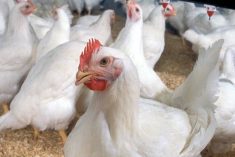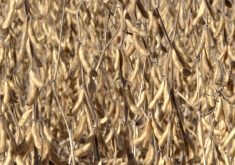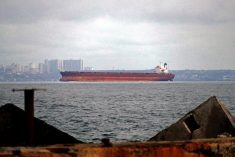Paris | Reuters — French health safety agency ANSES on Thursday cleared the use of phosphine pesticide in contact with grains exported outside the European Union when importing countries require the process, averting a halt to shipments from the EU’s top grain exporter.
In late October ANSES cleared the use of phosphine tablets used for killing pests through fumigation, but said they could not be “in direct contact with cereals,” thereby threatening exports to some of France’s largest markets, including Algeria, Egypt and Morocco.
The ban on direct contact of phosphine with cereals was due to take effect on April 25.
Read Also

Canada October retail sales down 0.2 per cent; seen up 1.2 per cent in November
Canadian retail sales fell by 0.2 per cent in October from September to $69.44 billion, on lower sales at food and beverage retailers, Statistics Canada said on Friday.
But after government intervention, ANSES amended the authorization on Thursday to include a reference to an EU regulation that says that maximum residue limits for pesticides do not apply to non-EU country exports if it is possible to demonstrate that the treatments are required or accepted.
Grain exporters group Synacomex praised the move.
“Synacomex welcomes the fact that the European regulation is being respected, allowing French cereals to continue supplying customers who rely on us,” said Christelle Tailhardat, Synacomex’s secretary general.
The pesticide is still not permitted in direct contact with cereals for European Union destinations, the document showed.
If inhaled in large doses, phosphine can cause respiratory, neurological and gastrointestinal disorders.
Canada allows the use of phosphine and similar fumigants in stored commodities, but a 2015 re-evaluation by Health Canada’s Pest Management Regulatory Agency added a requirement for buffer zones of at least 50 metres between treated storage and spaces occupied by people or livestock.
Canada’s buffer zone rules, in place since July 2016, also apply to stored commodities on ships while in port, and to fumigated rail cars parked at terminals or during “prolonged stops” en route.
— Reporting for Reuters by Sybille de La Hamaide and Gus Trompiz. Includes files from Glacier FarmMedia Network staff.















